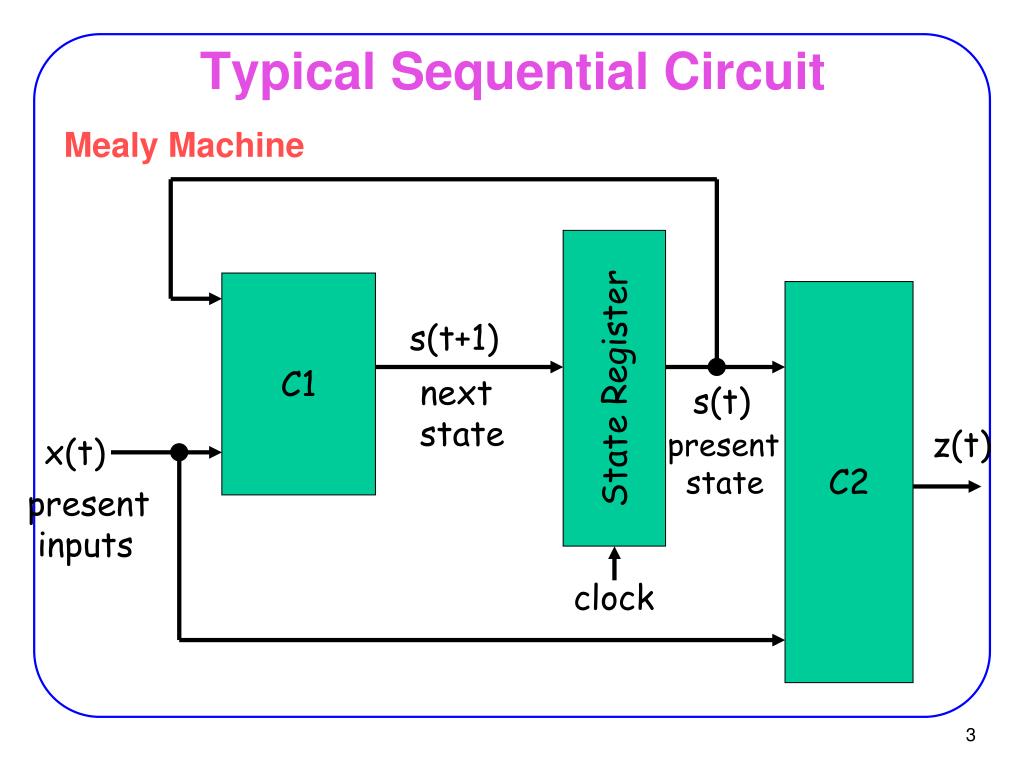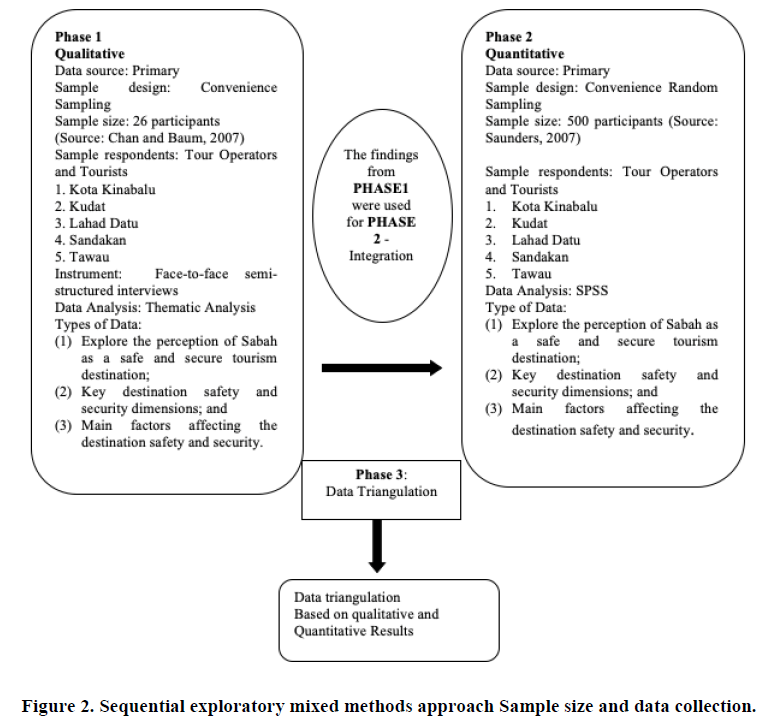Table Of Content

This method is a proposal that has to be validated through application in different fields of social and humanistic sciences. However, predictive analytics shows high accuracy in forecasting eventualities, with fuzzy logic being the most efficient method in data learning. On the other hand, doctoral theses are being advanced with DISPRE for case studies in education sciences, administration and some applications in clinical trials and experimental studies in health sciences. Algorithms for analysing multi-criteria decision making and social choice in situations plagued by inaccuracies are evidenced in the scientific literature, paying close conceptual attention to fuzzy preference relationships and formulating data aggregation tools based on fuzzy social choices. For this, we used the framework proposed by Arfi [31] that works exclusively with linguistic fuzzy-logical methods in the social sciences and the framework proposed by Hernández-Julio et al. [32].
Use of interval estimations in design and evaluation of multiregional clinical trials with continuous outcomes
Sequential mixture design optimization for divergent metabolite analysis: Enriched carbon dioxide effects on Coffea ... - ScienceDirect.com
Sequential mixture design optimization for divergent metabolite analysis: Enriched carbon dioxide effects on Coffea ....
Posted: Tue, 01 Jan 2019 08:00:00 GMT [source]
We also recommend that researchers understand the process approach to design from Maxwell and Loomis (2003), and realize that research design is a process and it needs, oftentimes, to be flexible and interactive. First, we showed that there are there are many purposes for which qualitative and quantitative methods, methodologies, and paradigms can be mixed. Inclusion of a purpose in the design name can sometimes provide readers with useful information about the study design, as in, e. Each true mixed methods study has at least one “point of integration” – called the “point of interface” by Morse and Niehaus (2009) and Guest (2013) –, at which the qualitative and quantitative components are brought together.
3. Coding of the Collected Data
It is also possible to conduct the interviews after the survey data have been collected (or vice versa); in that case, research activities are performed sequentially. Similarly, a study with the purpose of expansion can be designed in which data on an effect and the intervention process are collected simultaneously, or they can be collected sequentially. The area around the center of the [qualitative-quantitative] continuum, equal status, is the home for the person that self-identifies as a mixed methods researcher.

Control of Type I Error Rates in Bayesian Sequential Designs

Explanatory sequential research designs, own elaboration (2021) based on Ivankova and Wingo [37]. Explanatory sequential research designs, own elaboration (2021) based on Gonzalez-Diaz, et al. [33]. In this way, mixed studies use different sources of information, which are combined according to the researcher’s objectives to achieve a more comprehensive basis for analysis, using analytical logic as a substantial basis for the procedure. There are some distinct advantages to each type of research, some of which we have already discussed.
11. Survey Data Processing Approach
This is done based on the efficient score test statistics over time whose joint distribution is known to have an independent increment structure, allowing for easy numerical computation necessary for design and analysis. We start by reviewing the usual fixed design based on normal data and generalizing to nonnormal data based on the efficient score test. We then review classical group sequential designs for normal data and the estimation of the maximum sample size and discuss information-based group sequential designs, including estimation of the maximum information based on an inflation factor. Following information-based group sequential designs, we review information-based group sequential analysis and the type I error spending function approach to interim analysis. This approach accommodates the practical aspects of interim analyses, including unequal increments in statistical information between successive analyses and an unpredictable number of repeated significant tests.
For the development of the predictive model through the sequential research design, it is necessary to understand that social reality is highly complex and presents numerous edges that give it an amorphous configuration, resulting in an actual psycho-biosocial framework in its nature. Each entity’s internal and external factors intervene in a multiplicity of factors that go beyond a technical, scientific or hermeneutic proposition [52]. Once the critical dimensions have been determined through the inter-paradigmatic connection analysis, they are operationalised, using the conceptual, theoretical structures specific to each dimension and configuring the indicators required to respond to them. Likewise, the aspects of validation and reliability must be considered to generalise the results through descriptive statistics.
The design and evaluation of gamified online role-play as a telehealth training strategy in dental education: an ... - Nature.com
The design and evaluation of gamified online role-play as a telehealth training strategy in dental education: an ....
Posted: Mon, 22 Apr 2024 15:44:49 GMT [source]
Note that each research tradition receives an equal number of letters (four) in its abbreviation for equity. A statistical model for combining p values from multiple tests of significance is used to define rejection and acceptance regions for two-stage and three-stage sampling plans. Type I error rates, power, frequencies of early termination decisions, and expected sample sizes are compared. Both the two-stage and three-stage procedures provide appropriate protection against Type I errors. The two-stage sampling plan with its single interim analysis entails minimal loss in power and provides substantial reduction in expected sample size as compared with a conventional single end-of-study test of significance for which power is in the adequate range.
Associated Data
Maxwell’s interactive approach emphasizes that the researcher should keep and monitor a close fit between the five components of research design. However, it does not indicate how one should combine qualitative and quantitative subcomponents within one of Maxwell’s five components (e. g., how one should combine a qualitative and a quantitative method, or a qualitative and a quantitative research question). Essential elements of the design process, such as timing and the point of integration are not covered by Maxwell’s approach.
Furthermore, using a 5-point Likert scale for measurements ensured that the extremities of the data were catered for, whilst a middle ground was also provided for respondents that had a somewhat equal distribution between the extremities in certain questions. Furthermore, these guidelines included the setting, which in the case of this paper was the respondent’s office—or online in case of constraints for a physical meeting. The respondents were also provided with a short description of the research, and the purpose of the interview was explained clearly.
To strengthen our intuitive understanding, let’s compare the Pocock and O’Brien-Fleming design in the two-dimensional density view. Since this completely ignores the correlation, we expect that even more alpha is wasted. If we want to combine both studies, it makes sense to combine the two density distributions into a two-dimensional (aka bivariate) normal distribution, which then looks like this. The study was conducted in accordance with the Faculty of Engineering and Built Environment (FEBE) Ethics and Plagiarism Committee (FEPC) of the University of Johannesburg (protocol code UJ_FEBE_FEPC_00196 and 6 June 2020).
There are a handful of ways to conduct research on adults and older people, which will provide you with exceptional information about the process of aging and maturation. For example, imagine that the researcher that is studying the effects of the previously mentioned memory drug wants to know whether or not it has different effects for men and women. The researcher would first administer the drug to one group of men and one group of women. Then, the researcher would follow-up on both groups at a later time to examine whether or not the drug had any effects on either group. The sequential design uses the present inputs and past outputs to generate an output. Bivariate normal density of two-stage O’Brien-Fleming design with first stage after 50% (left), 70% (middle) and 90% (right) of all samples.
Benefits of this design include requiring fewer participants and more easily controlling for group differences and cohort effects. Cross-sequential studies share some of the benefits of cross-sectional and longitudinal studies. It allows researchers to compare multiple groups across time, to test for cohort effects since the study involves multiple groups, and the time between observations is often shorter than in longitudinal studies. This study design combines quantitative research design and qualitative research design. Mixed methods research involves collecting quantitative and qualitative data, and analysis of the data integrates both forms of data. The graphical presentation of group sequential designs normally is done with a graph showing at the x-axis the “Information Rate”, which marks the relative sample size of the respective stages, and the nominal bounds at the y-axis.
In Morse’s notation system, the core component is written in capitals and the supplemental component is written in lowercase letters. For example, in a QUAL → quan design, more weight is attached to the data coming from the core qualitative component. Due to the decisive character of the core component, the core component must be able to stand on its own, and should be implemented rigorously. The key point of this section is for the researcher to begin a study with at least one research question and then carefully consider what the purposes for mixing are. One can use mixed methods to examine different aspects of a single research question, or one can use separate but related qualitative and quantitative research questions.


No comments:
Post a Comment